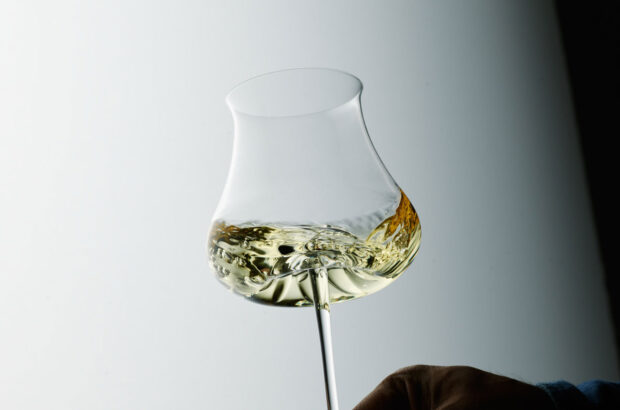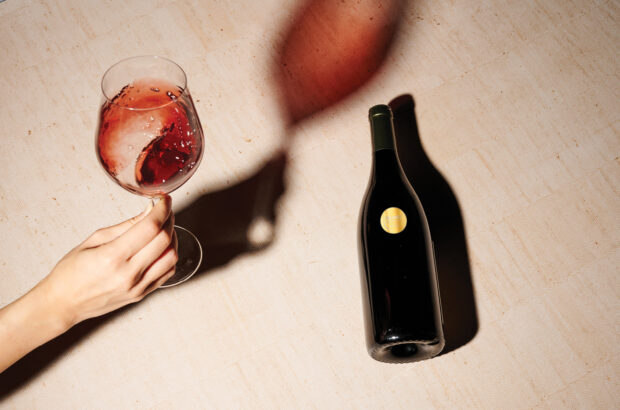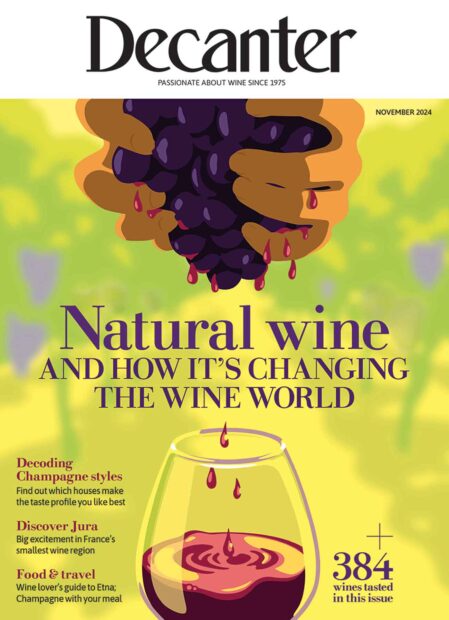The feeling was that 2014 was a Cabernet vintage due to the long hangtime that Cabernets Sauvignon and Franc love, and this certainly favoured the Left Bank. However, looking at the proportion of Merlot now planted in the Médoc, this was not the sole cause for quality. Words like ‘clarity’, ‘precision’, ‘fragrance’ and ‘freshness’ abounded in my notes and in the leaflets produced by the châteaux, and while Merlot’s ripe black fruits were present, blending perfectly with the firmer Cabernets, words like ‘plummy’, ‘rich’ and ‘robust’ were hardly mentioned.
The wines in general have lovely fruit, a natural density and tannins that support but do not overwhelm, creating wines that express their origins and impress by so doing. In the Médoc, the elegance of Margaux came through, but fewer great wines than expected; St-Julien was as homogenous as ever as a commune, while the three Léovilles were as different as usual with some lesser crus coming on strong. Further north, there were some great successes in Pauillac, a vast improvement on an uneven 2013, while the variety on offer in St-Estèphe made this, for me, the commune of the vintage.
The generic Médocs will make good bottles for the turn of the decade, as will the interestingly varied Haut-Médocs with more depth and length. Finally , Listrac and Moulis, the former firm, the latter supple, were more than reliable. The three rare whites I tasted from Margaux, Mouton Rothschild and Cos d’Estournel were remarkably good. All in all, 2014 on the Left Bank left a very good impression.
With much the same gravel as Margaux and a little more clay, the wines in St-Julien are correspondingly richer waith a firmness that brings balance and lenght. Quality was very good overall, with Ducru-Beaucaillou and Léoville-Las Cases standing out with first-growth quality. This is always the most homogenous commune, but the wines are very different from each other and I must confess, since I do not taste blind, my favourites always seem to do well.
This said, there have been improvements lower down the 1855 Classification, there are no fifth growths in St-Julien but the fourths all showed well, as did the few lesser wines produced in this 80% classified appellation.







